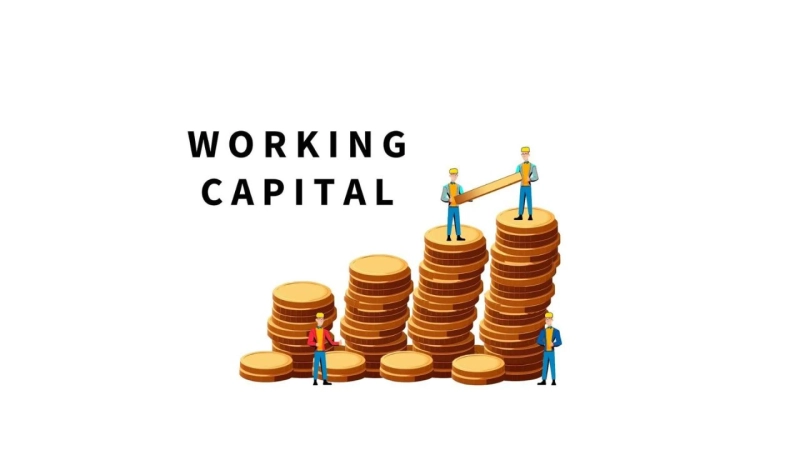What is a Working Capital Loan?
A working capital loan is a short-term financing option designed to cover a company’s day-to-day operational expenses, such as payroll, rent, and inventory purchases.
Unlike long-term business loans that are used for expansion or purchasing assets, working capital loans primarily address immediate liquidity needs.
Factors Affecting Working Capital Loan Interest Rates
The interest rate on a working capital loan varies based on several factors. Here are some of the key elements that influence these rates:
1. Creditworthiness of the Borrower
Lenders assess the applicant’s credit score and credit history to determine their repayment ability. Businesses or individuals with higher credit scores typically secure lower interest rates, while those with lower scores may face higher rates due to perceived risk.
2. Type of Lender
Different financial institutions offer working capital loans, including banks, non-banking financial companies (NBFCs), and online lenders. Traditional banks generally offer lower interest rates than NBFCs or fintech lenders, but they may have stricter eligibility requirements.
3. Business Stability and Financial Health
Lenders evaluate the borrower’s business financials, including revenue, profit margins, cash flow statements, and debt-to-equity ratio. A stable and profitable business is more likely to secure a loan at a lower interest rate.
4. Loan Amount and Tenure
The loan amount and repayment period also impact the interest rate. Shorter tenures may have higher interest rates, while longer tenures could lead to lower rates but higher total interest costs over time.
5. Collateral and Security
Working capital loans can be secured or unsecured. Secured loans, backed by collateral such as inventory, receivables, or property, usually attract lower interest rates. Unsecured loans, being riskier for lenders, tend to have higher interest rates.
6. Prevailing Market Conditions
Economic factors such as inflation, repo rates, and changes in the financial market influence interest rates. A rise in benchmark lending rates by central banks can lead to higher working capital loan interest rates.
Types of Interest Rates on Working Capital Loans
Lenders offer different types of interest rates on working capital loans. Understanding them can help businesses choose the most suitable option.
1. Fixed Interest Rate
Under a fixed interest rate, the rate remains constant throughout the loan tenure, providing predictable monthly payments and easier financial planning.
2. Floating Interest Rate
A floating interest rate fluctuates based on market conditions or benchmark rates like the repo rate. While this can lead to savings when rates decrease, it can also increase borrowing costs if rates rise.
How to Secure the Best Working Capital Loan Interest Rate?
To get the most favorable interest rates, businesses should adopt the following strategies:
1. Improve Credit Score
Maintaining a strong credit score by making timely debt repayments and reducing outstanding liabilities can help in negotiating lower interest rates.
2. Choose the Right Lender
Comparing offers from different banks, NBFCs, and online lenders can help find the best rate. Traditional banks may offer lower rates but require a stringent application process, while fintech lenders provide faster approval with slightly higher rates.
3. Opt for a Secured Loan
Providing collateral can significantly reduce the interest rate as it lowers the lender’s risk.
4. Maintain a Healthy Financial Record
Strong revenue streams, steady cash flow, and profitability increase the chances of securing loans at lower rates.
5. Negotiate Terms with Lenders
Many lenders offer negotiable rates, especially for businesses with a good financial track record. It is advisable to discuss and negotiate terms before finalizing the loan.
Conclusion
A working capital loan is an essential financial tool for businesses seeking short-term liquidity.
However, the working capital loan interest rate varies based on multiple factors such as creditworthiness, lender type, business stability, and market conditions.
By understanding these factors and implementing best practices such as improving credit scores, choosing the right lender, and negotiating favorable terms, businesses can secure the most competitive interest rates and ensure financial stability.

